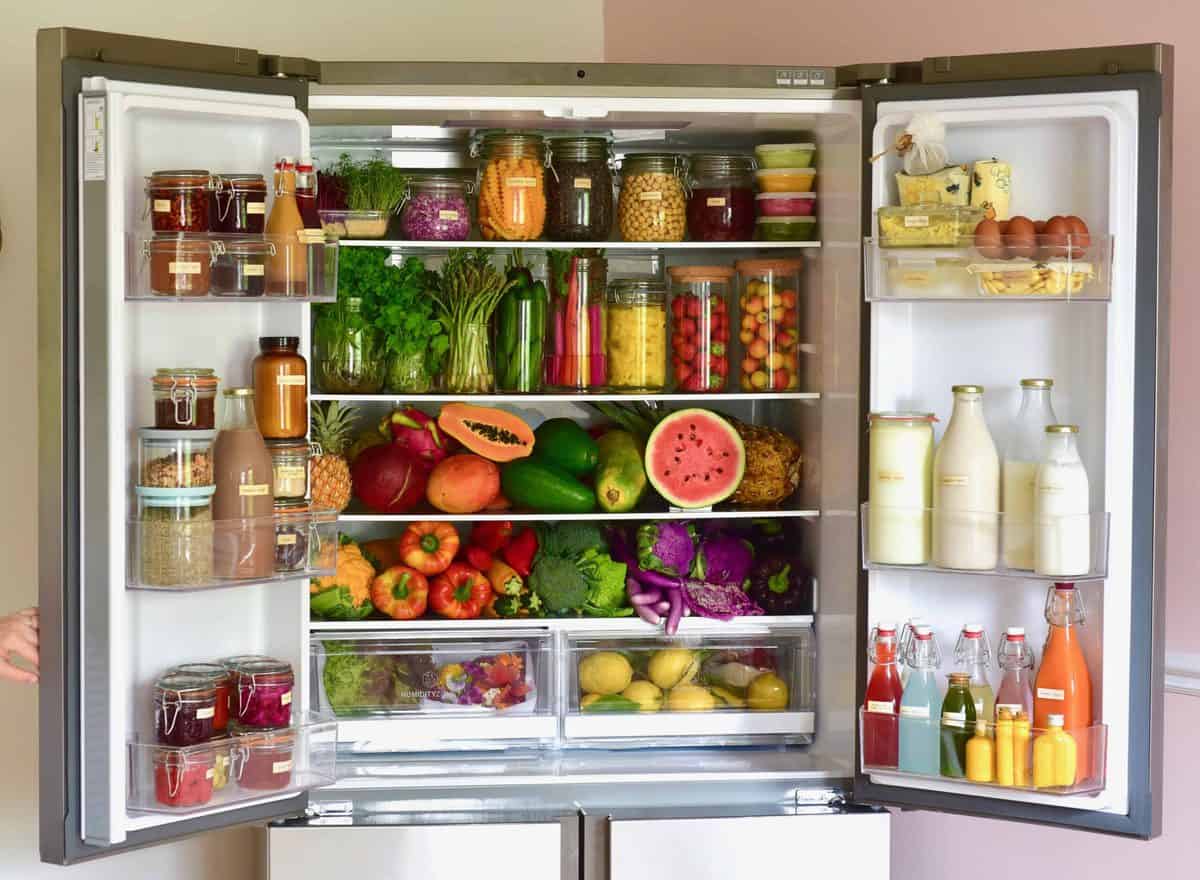

Articles
How To Store Food In A Refrigerator
Modified: October 20, 2024
Learn the best techniques and tips for storing food in a refrigerator with our informative articles. Keep your meals fresh and safe for longer periods.
(Many of the links in this article redirect to a specific reviewed product. Your purchase of these products through affiliate links helps to generate commission for Storables.com, at no extra cost. Learn more)
Introduction
Properly storing food in a refrigerator is essential for maintaining its freshness and preventing foodborne illnesses. A refrigerator creates a controlled environment that helps to inhibit the growth of bacteria, keeping your food safe for longer. However, it’s not just about tossing your groceries into the fridge haphazardly. To maximize the lifespan of your food and ensure optimal taste and quality, it’s important to know how to store different types of food in the refrigerator.
In this article, we will discuss temperature guidelines, organizing techniques, and best practices for storing various food items in your refrigerator. Whether you’re a culinary enthusiast or someone simply looking to extend the shelf life of their groceries, these tips will help you make the most out of your refrigerator space while keeping your food fresh and safe.
Key Takeaways:
- Properly storing food in the refrigerator is crucial for maintaining freshness and preventing foodborne illnesses. Temperature control, organization, and specific storage guidelines for different food items are key to maximizing shelf life and reducing waste.
- Implementing temperature guidelines, organizing techniques, and specific storage practices for different food items can help optimize refrigerator space, reduce food waste, and ensure fresh, safe, and delicious meals.
Read more: How To Store Carrots Without Refrigeration
Temperature Guidelines for Storing Food
The temperature inside your refrigerator plays a crucial role in preserving the quality and safety of your food. It’s important to maintain the temperature within the optimal range to slow down the growth of bacteria and prevent food spoilage. Generally, the ideal temperature for a refrigerator is between 34°F (1°C) and 40°F (4°C).
Here are some temperature guidelines to keep in mind:
- Set the temperature of your refrigerator to 40°F (4°C) or below to ensure that perishable foods remain fresh and safe for consumption.
- Monitor the temperature regularly using a refrigerator thermometer to verify that it remains within the recommended range.
- Keep the freezer temperature at 0°F (-18°C) or lower to maintain the quality of frozen foods.
- Avoid overcrowding the refrigerator as it can impede airflow and compromise the efficiency of cooling, leading to inconsistent temperatures.
- Do not store food items near the refrigerator door as the temperature fluctuates more frequently there due to frequent opening and closing.
By following these temperature guidelines, you can ensure that your refrigerator maintains an optimal environment for food storage, ultimately extending the shelf life of your groceries and reducing the risk of foodborne illnesses.
Organizing the Refrigerator
An organized refrigerator not only makes it easier to find what you need but also helps maintain the freshness and quality of your food. By implementing a few simple organization techniques, you can maximize the available space and improve the overall efficiency of your refrigerator.
Here are some tips for organizing your refrigerator:
- Categorize and group: Divide your refrigerator into different sections for specific food categories such as dairy, fruits and vegetables, condiments, beverages, and leftovers. This will help you locate items easily and prevent cross-contamination.
- Utilize storage containers: Invest in clear, airtight storage containers to store leftovers, sauces, and other smaller items. These containers not only keep your refrigerator neat but also help prevent odors from permeating throughout.
- Label and date: Label your containers with the contents and date of storage to keep track of when food items were stored. This will help you prioritize and consume them in a timely manner.
- Proper placement: Place items that require a consistent temperature, such as dairy products, on the lower shelves of your refrigerator, where the temperature is cooler. Place raw meat and seafood in sealed containers or leak-proof bags to prevent cross-contamination with other food items.
- Utilize door compartments: The door compartments are ideal for storing condiments, dressings, and other items with a longer shelf life. These items are less susceptible to temperature fluctuations that occur when opening and closing the refrigerator door.
- Keep a clean fridge: Regularly clean your refrigerator to maintain cleanliness and prevent the growth of mold and bacteria. Dispose of any expired or spoiled items to free up space and maintain a clutter-free environment.
By implementing these organizational techniques, you can create a well-structured refrigerator that not only improves the accessibility of your food but also helps in reducing food waste and maintaining food safety.
Storing Fruits and Vegetables
Fruits and vegetables are an essential part of a healthy diet, and proper storage can help retain their freshness, flavor, and nutritional value. However, different types of fruits and vegetables require different storage conditions to maintain their quality. Here are some tips for storing common fruits and vegetables:
Fruits:
- Apples, oranges, and pears: Store these fruits in the refrigerator, preferably in the crisper drawer, to maintain their crispness and slow down the ripening process.
- Berries: Berries are delicate and perishable. Store them unwashed in a single layer or loosely packed in a container in the refrigerator. Only wash them just before consuming to prevent mold growth.
- Bananas: Keep bananas at room temperature until they reach the desired ripeness. Once ripe, you can place them in the refrigerator to extend their shelf life.
- Citrus fruits: Citrus fruits like lemons, limes, and grapefruits can be stored at room temperature for a short period. However, if you want to prolong their freshness, store them in the refrigerator.
Vegetables:
- Leafy greens: Store leafy greens like lettuce, spinach, and kale in a breathable plastic bag or wrap them in a damp paper towel before placing them in the crisper drawer of the refrigerator. This helps to retain moisture and prevent wilting.
- Root vegetables: Potatoes, onions, and garlic should be stored in a cool, dark, and well-ventilated place, away from direct sunlight. Avoid storing them in plastic bags to prevent moisture buildup.
- Tomatoes: Store tomatoes at room temperature, away from direct sunlight, to maintain their flavor and texture. Refrigeration can make them lose their taste and become mushy.
- Herbs: Store fresh herbs, such as cilantro, parsley, and basil, in a glass of water on the countertop or keep them loosely wrapped in a damp paper towel in the refrigerator.
Remember to check your fruits and vegetables occasionally and remove any spoiled or moldy pieces to prevent them from affecting other items. By following these storage guidelines, you can maximize the shelf life and freshness of your fruits and vegetables, ensuring that they remain delicious and nutritious for longer.
Storing Dairy Products
Dairy products are a common staple in many households, and proper storage is crucial to maintain their freshness and prevent spoilage. The refrigerator is the ideal place to store dairy products, as it provides a controlled temperature to keep them safe for consumption. Here are some guidelines for storing different types of dairy products:
Milk:
- Always store milk in the main body of the refrigerator, not in the door. The temperature in the door fluctuates more, which can affect the quality of the milk.
- Keep milk in its original container or airtight milk jugs to prevent exposure to light and minimize the risk of absorbing any odors from other foods.
- Check the expiration date and consume the milk before it goes bad. Once opened, milk typically remains fresh for about 5-7 days.
Cheese:
- Hard cheeses, such as cheddar and Parmesan, can be wrapped in wax paper or plastic wrap to prevent them from drying out. Store them in a designated cheese drawer or in a sealed container in the refrigerator.
- Soft cheeses, like brie and camembert, should be kept in their original packaging until ready to use. After opening, wrap them tightly in plastic wrap to retain their moisture.
- Blue cheeses should be stored in airtight containers to prevent their characteristic odor from spreading to other foods in the refrigerator.
- Remember to remove any molds or discoloration from cheese before consuming.
Yogurt:
- Store yogurt containers in the refrigerator and make sure the lids are tightly sealed.
- Yogurt can sometimes develop a watery layer on top. Simply stir it to reincorporate the liquid before consuming.
- Check the expiration date and consume yogurt before it goes bad. Most yogurt remains fresh for 1-2 weeks after purchase.
By following these guidelines, you can preserve the quality of your dairy products and enjoy them for longer. Remember to always check for signs of spoilage, such as an off odor, mold growth, or unusual texture, before consuming any dairy product.
Store raw meat, poultry, and seafood in the bottom of the refrigerator to prevent juices from dripping onto other foods. Keep dairy and eggs on the middle shelves where the temperature is most consistent.
Storing Raw Meat and Seafood
Proper storage of raw meat and seafood is essential to prevent bacterial growth and maintain food safety. Here are some guidelines to follow when storing these perishable items in your refrigerator:
Raw Meat:
- Store raw meat in the coldest part of the refrigerator, usually the bottom shelf or meat drawer, to prevent any juices from dripping onto other foods and causing cross-contamination.
- Always store raw meat in leak-proof, airtight containers or sealed plastic bags to avoid any potential contamination.
- If possible, keep raw meat on a separate tray or plate to catch any juices and prevent them from coming into contact with other foods.
- Place poultry and ground meat on the bottom shelf to prevent any drippings from coming into contact with other foods.
- Use raw meat within the recommended timeframe, and if it is not going to be used within a few days, consider freezing it for longer storage.
Seafood:
- Store fresh seafood, such as fish and shellfish, in the coldest part of the refrigerator or in the freezer if you don’t plan to use it within a day.
- Keep seafood well wrapped or in a sealed container to prevent it from drying out or absorbing odors from other foods.
- If purchasing pre-packaged seafood, check the “sell-by” date and use it within a day or two.
- If you buy live shellfish, such as clams or mussels, keep them in a container covered with a damp cloth or paper towel to maintain moisture.
It’s important to note that raw meat and seafood should be consumed within their recommended timeframe for optimal safety and quality. If you’re not planning to use them within that timeframe, consider freezing them instead. Always follow proper food handling and cooking procedures to ensure that these items are safe for consumption.
Storing Leftovers and Cooked Food
Storing leftovers and cooked food properly not only helps to preserve their freshness but also reduces food waste. Here are some guidelines to follow when storing leftovers and cooked food in your refrigerator:
Allow food to cool:
- Before storing leftovers, allow them to cool down to room temperature. Hot food can raise the temperature of the refrigerator and promote bacterial growth.
- Divide larger portions into smaller, airtight containers to cool faster and promote even cooling.
Storage containers:
- Use airtight containers or sealable plastic bags to store leftovers. This helps to maintain moisture and prevent odors from spreading to other foods.
- Label the containers with the date and contents to keep track of the storage time.
Storage time:
- Most cooked food and leftovers can be stored in the refrigerator for 3-4 days. After that, it is recommended to discard them to avoid the risk of foodborne illnesses.
- Some cooked dishes, such as soups and stews, may have a longer shelf life and can be stored for up to 5-7 days.
Reheating:
- If you plan to reheat leftovers, ensure they are heated to an internal temperature of 165°F (74°C) to kill any potential bacteria.
- Avoid reheating leftovers more than once to minimize the risk of contamination.
Freezing leftovers:
- If you want to extend the storage time, consider freezing leftovers. Freezing can help maintain the quality of cooked food for a longer period.
- Divide the leftovers into individual portions, place them in airtight containers or freezer bags, and label them with the date and contents.
- Frozen leftovers can typically be stored for 2-3 months.
Properly storing leftovers and cooked food is not only important for maintaining their quality but also for ensuring food safety. By following these guidelines, you can minimize food waste and enjoy your leftovers safely.
Tips for Proper Food Storage
Proper food storage is crucial for maintaining freshness, maximizing shelf life, and reducing the risk of foodborne illnesses. Here are some tips to ensure that you store your food properly:
- Check storage instructions: Read the labels and follow the storage instructions provided on packaged foods. This will help you determine whether they need to be refrigerated, frozen, or stored at room temperature.
- First in, first out (FIFO): Practice the FIFO method when organizing your refrigerator and pantry. Use older items before newer ones to minimize food waste and ensure that nothing goes unnoticed and expires.
- Keep it clean: Regularly clean your refrigerator to maintain a hygienic environment. Wipe up spills promptly and dispose of any expired or spoiled food items.
- Use transparent containers: Store food in clear, transparent containers whenever possible. This makes it easier to see the contents, reducing the time spent searching and minimizing the chances of forgetting about items.
- Avoid overpacking: Overcrowding the refrigerator or pantry can restrict airflow and lead to uneven cooling or heating. Arrange items in a way that allows air to circulate properly.
- Wrap and seal food: Use aluminum foil, plastic wrap, or airtight containers to wrap and seal food properly. This helps to prevent moisture loss, maintain freshness, and avoid cross-contamination.
- Label and date: Label containers with the contents and date of storage. This will help you keep track of when the food was stored and prioritize its consumption accordingly.
- Store dry goods properly: Keep dry goods, such as flour, rice, and cereal, in airtight containers to prevent moisture and pest infestation.
- Monitor refrigerator temperature: Regularly check the temperature of your refrigerator to ensure it is within the recommended range. Use a refrigerator thermometer if necessary.
- Know your produce: Different fruits and vegetables have different storage requirements. Some produce, such as tomatoes and avocados, are best stored at room temperature, while others, like leafy greens, should be refrigerated.
By following these tips, you can maintain the quality and safety of your food, reduce waste, and create a well-organized storage system in your kitchen. Remember to stay informed about the specific storage requirements of different food items to ensure that they remain fresh and safe for consumption.
Conclusion
Properly storing food in the refrigerator is key to maintaining its freshness, flavor, and safety. Understanding temperature guidelines, organizing techniques, and specific storage requirements for different food items can help you make the most out of your refrigerator space and reduce food waste.
By following the recommended temperature range of 34°F (1°C) to 40°F (4°C) for your refrigerator, you can slow down the growth of bacteria and keep your food safe. Organizing your refrigerator with categorization, storage containers, and proper placement ensures easy accessibility and prevents cross-contamination.
When it comes to specific food items, storing fruits and vegetables in the appropriate compartments, refrigerating dairy products like milk and cheese properly, and handling raw meat and seafood with caution help maintain their freshness and quality. Additionally, ensuring adequate storage and reheating of leftovers and utilizing freezing techniques for extended shelf life can minimize food waste.
Don’t forget to implement general tips such as proper labeling, regular cleaning, and avoiding overpacking to maintain a well-organized refrigerator. Monitoring the temperature and understanding the storage requirements of various food items will help you optimize food storage and reduce the risk of foodborne illnesses.
By implementing these practices, you can enjoy fresh, delicious, and safe food while minimizing waste and maximizing the lifespan of your groceries. Stay informed about food storage guidelines, be mindful of expiration dates, and regularly clean and organize your refrigerator to create a healthy and efficient storage space for your food.
Remember, proper food storage not only benefits your health and budget but also contributes to a sustainable and environmentally friendly lifestyle.
Now that you've mastered refrigerator storage, why stop there? Keeping meals fresh might be easier with clever kitchen organization, especially in snug spaces. Find out how to maximize every inch with practical tips on organizing a small kitchen. And if you're looking to upgrade your containers, our guide to the best food storage solutions should help. For those needing to keep things even cooler, our latest review on effective cold storage options will be perfect. Each provides valuable insights to enhance your culinary space efficiently.
Frequently Asked Questions about How To Store Food In A Refrigerator
Was this page helpful?
At Storables.com, we guarantee accurate and reliable information. Our content, validated by Expert Board Contributors, is crafted following stringent Editorial Policies. We're committed to providing you with well-researched, expert-backed insights for all your informational needs.
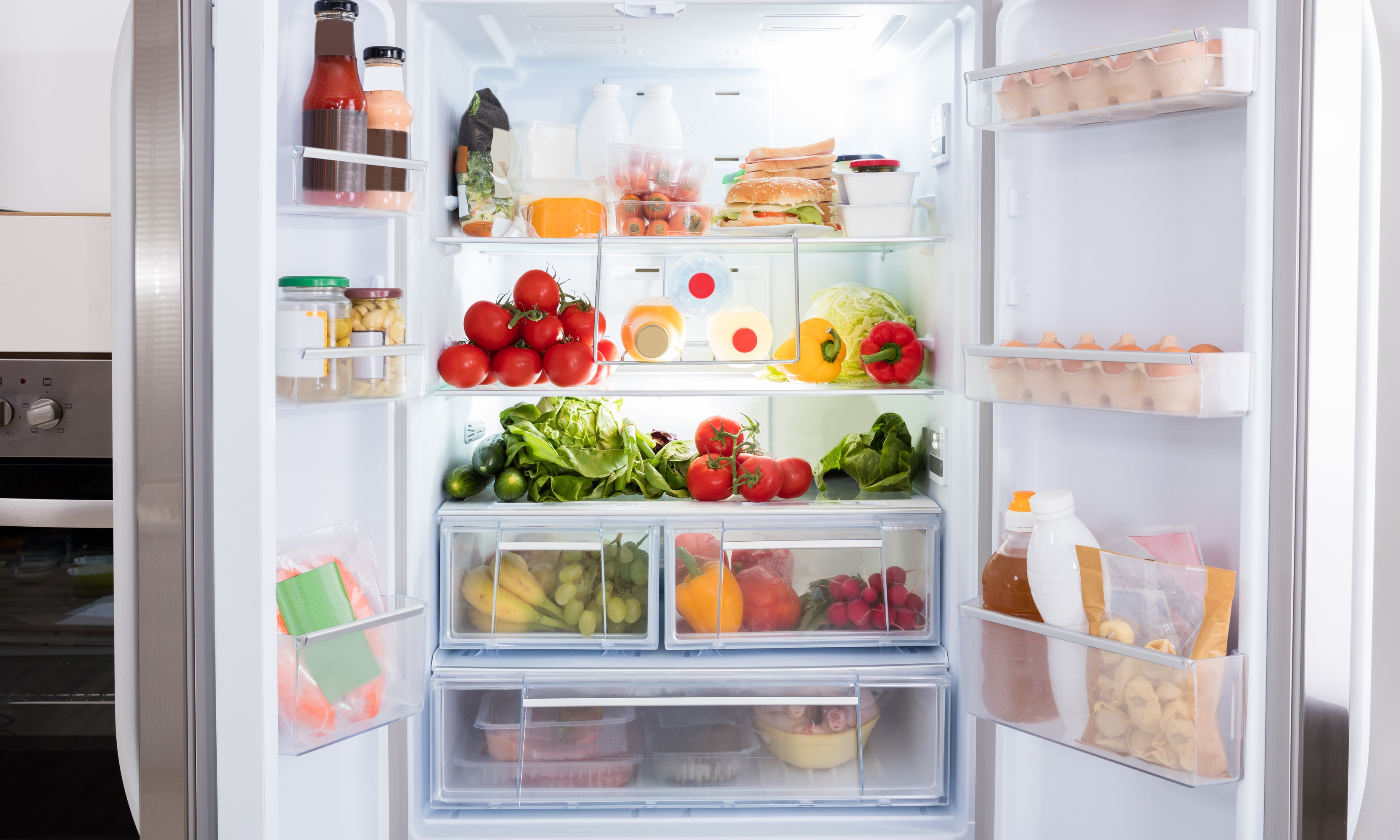
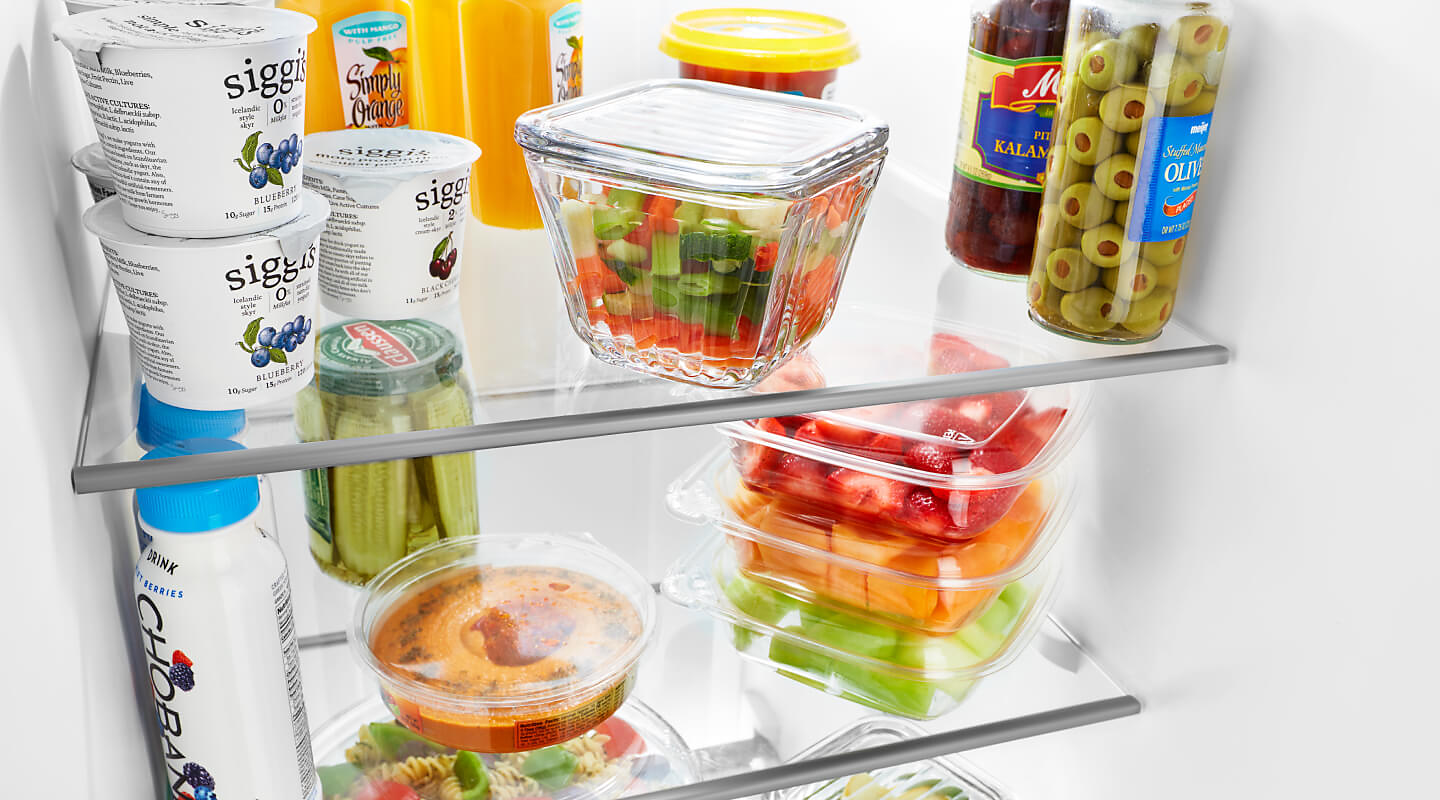
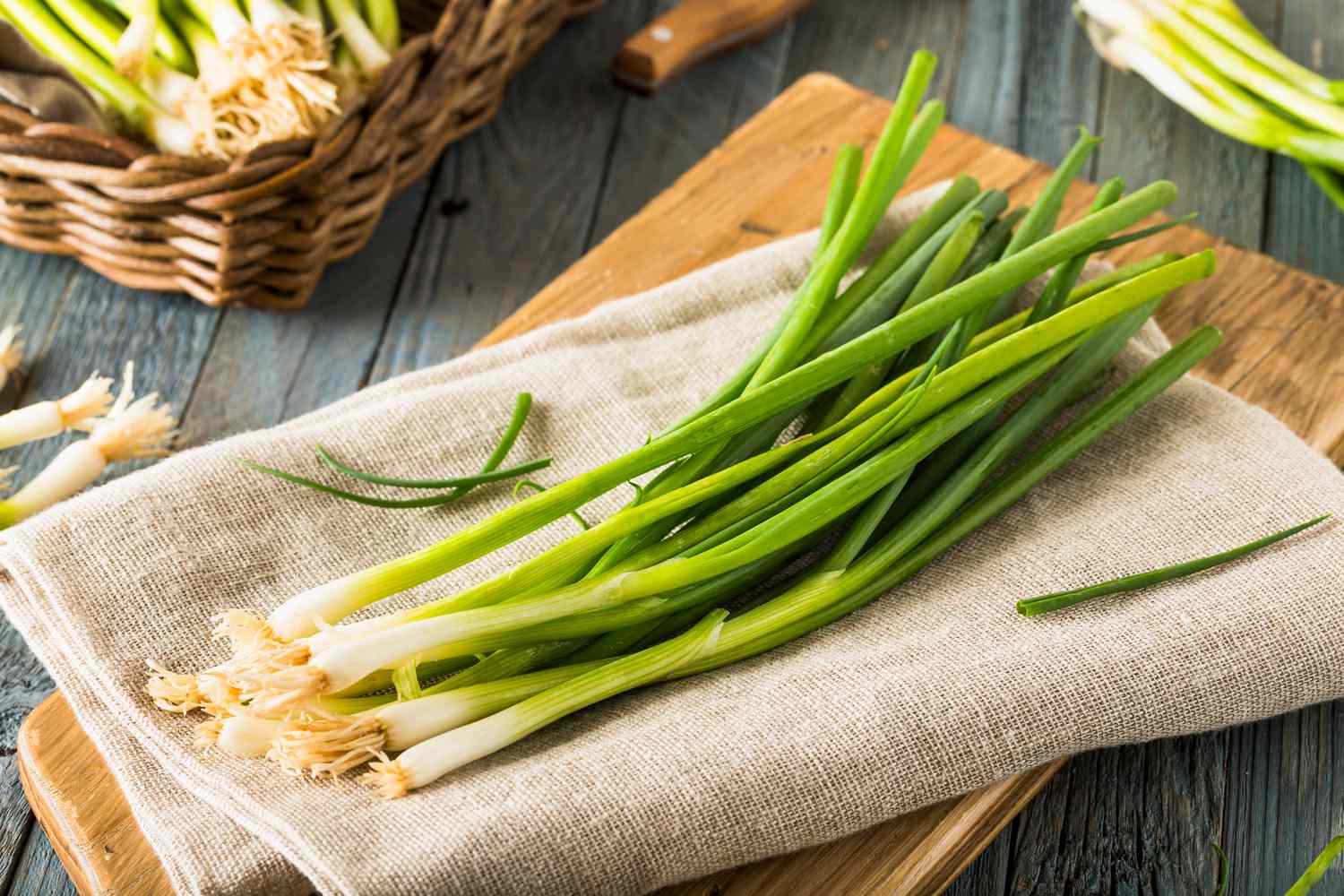
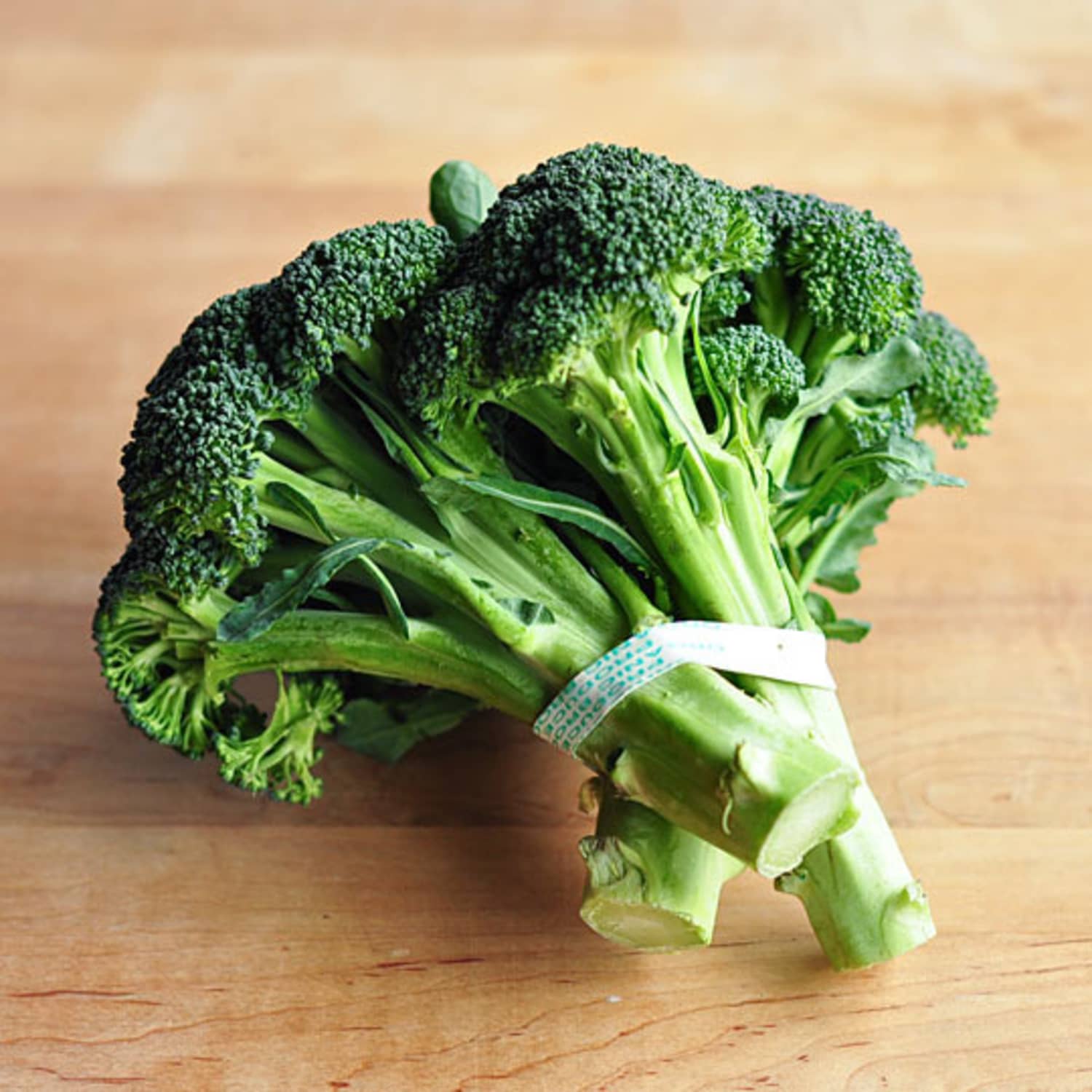
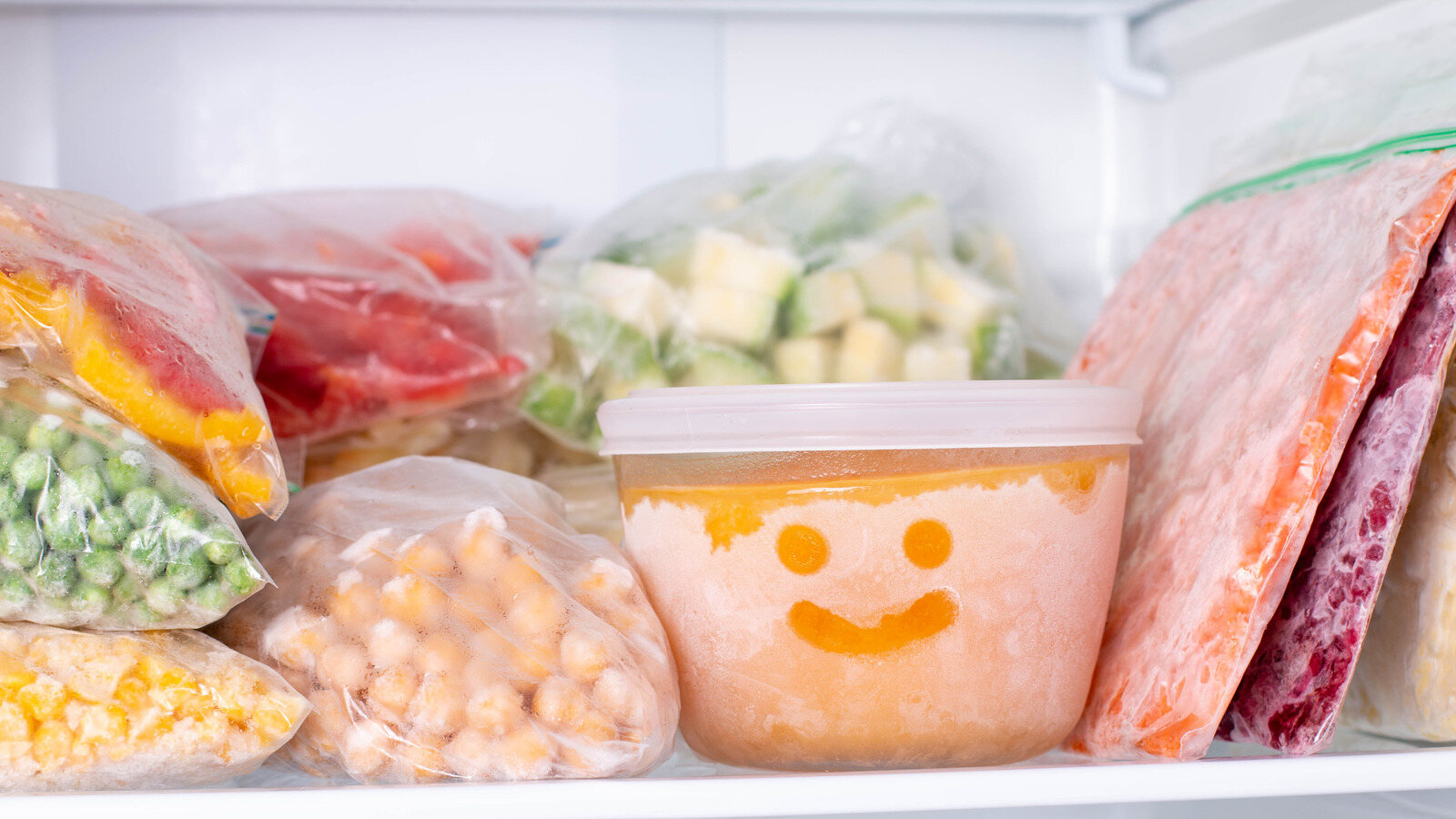
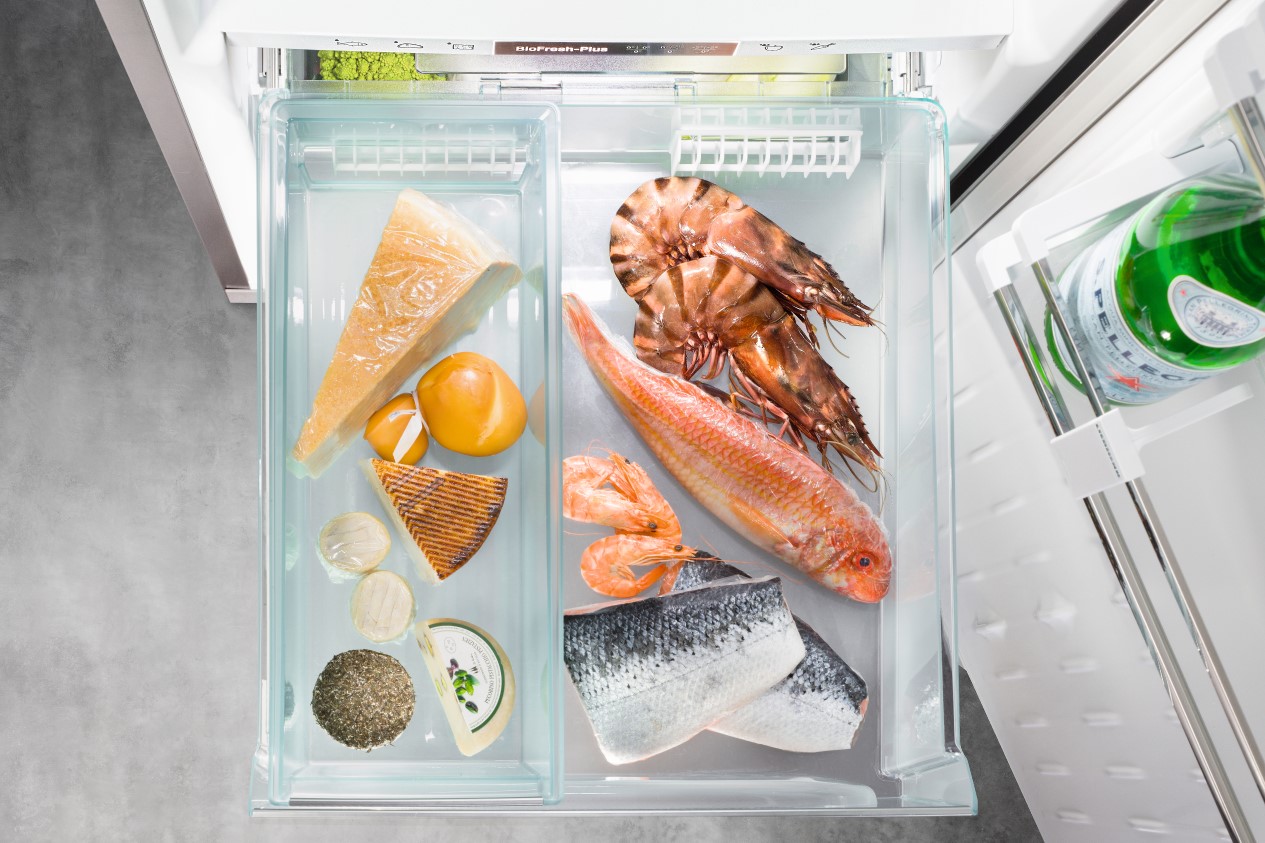
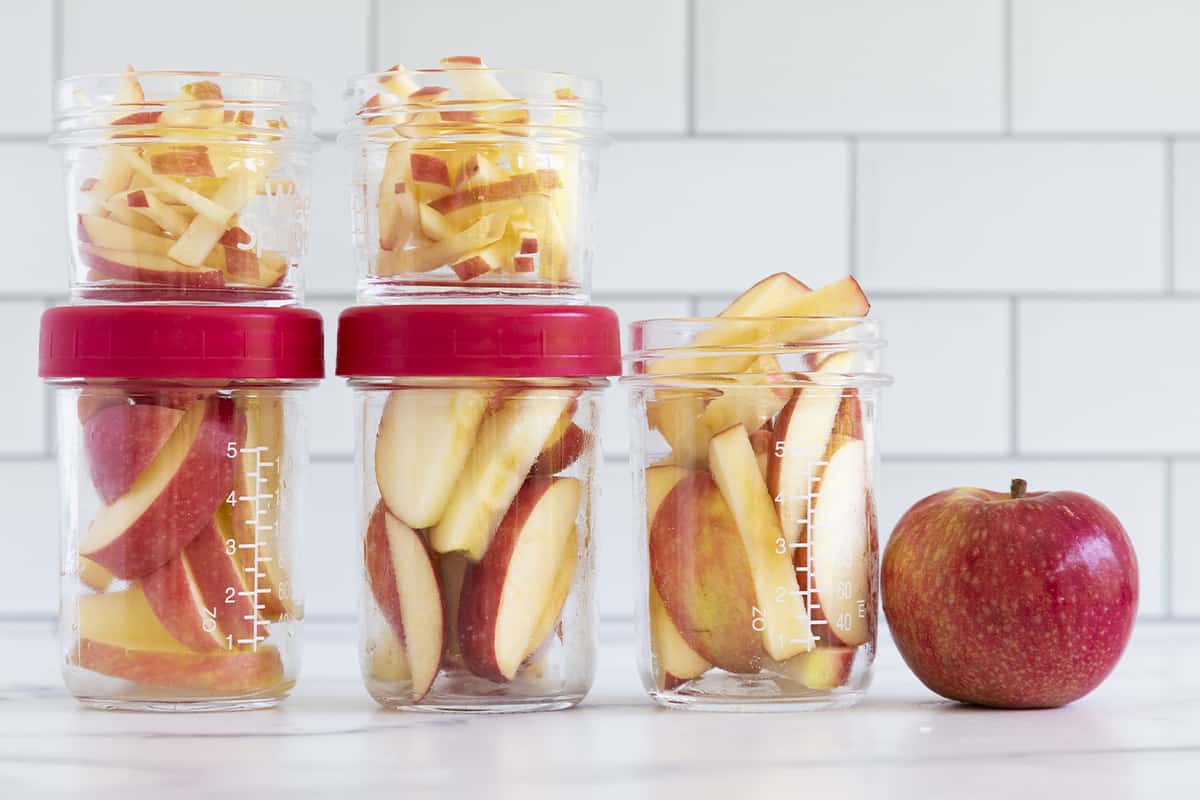
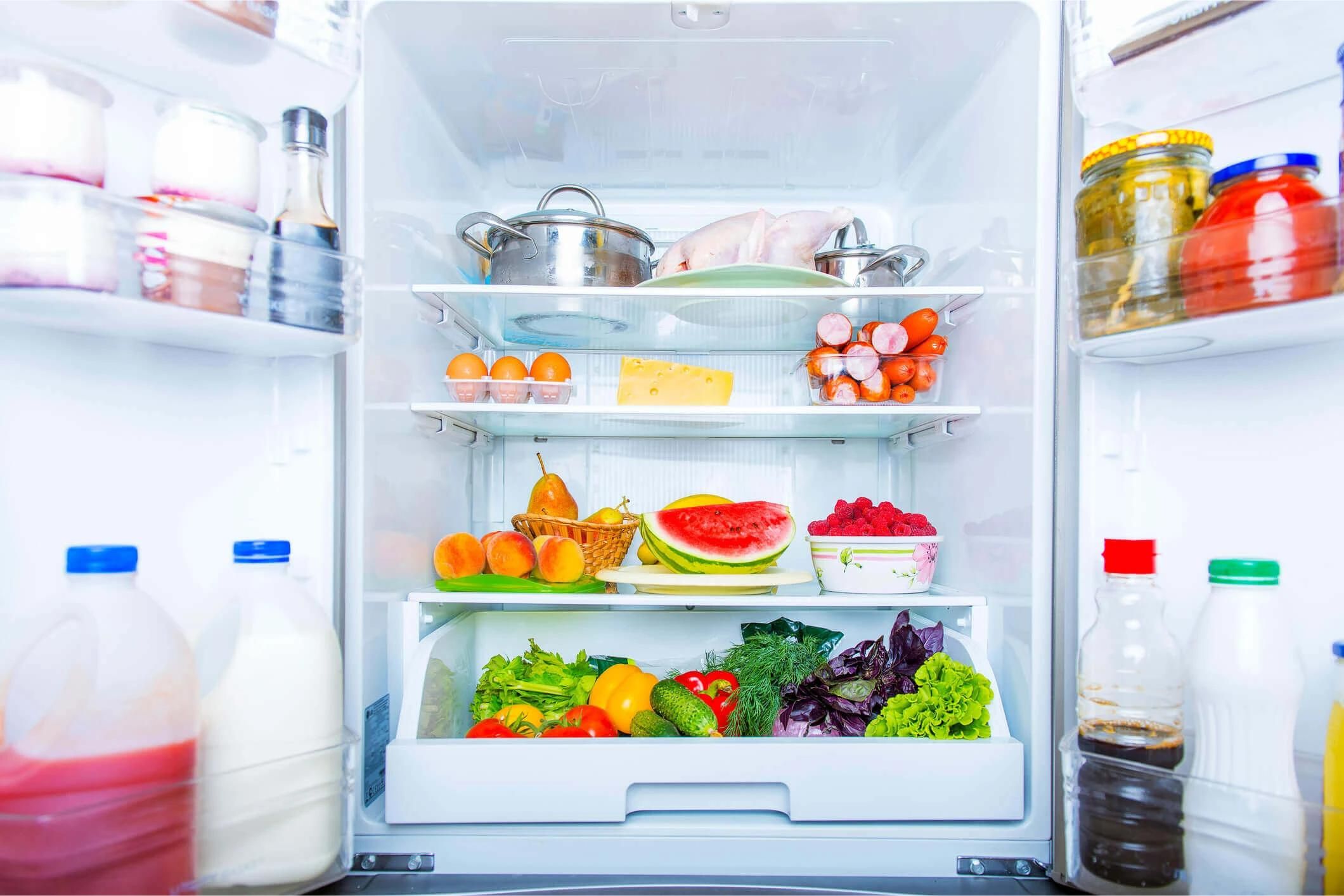
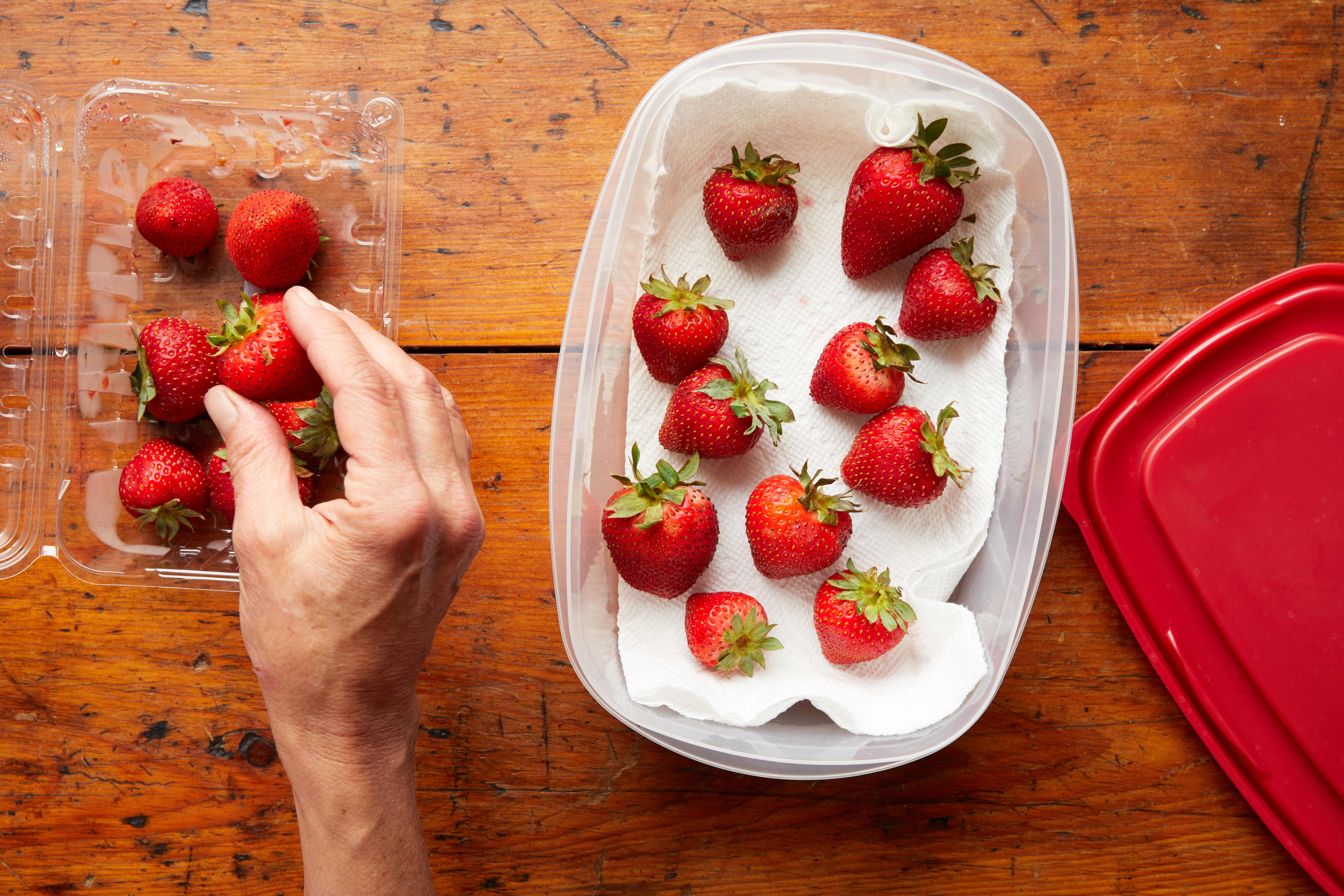
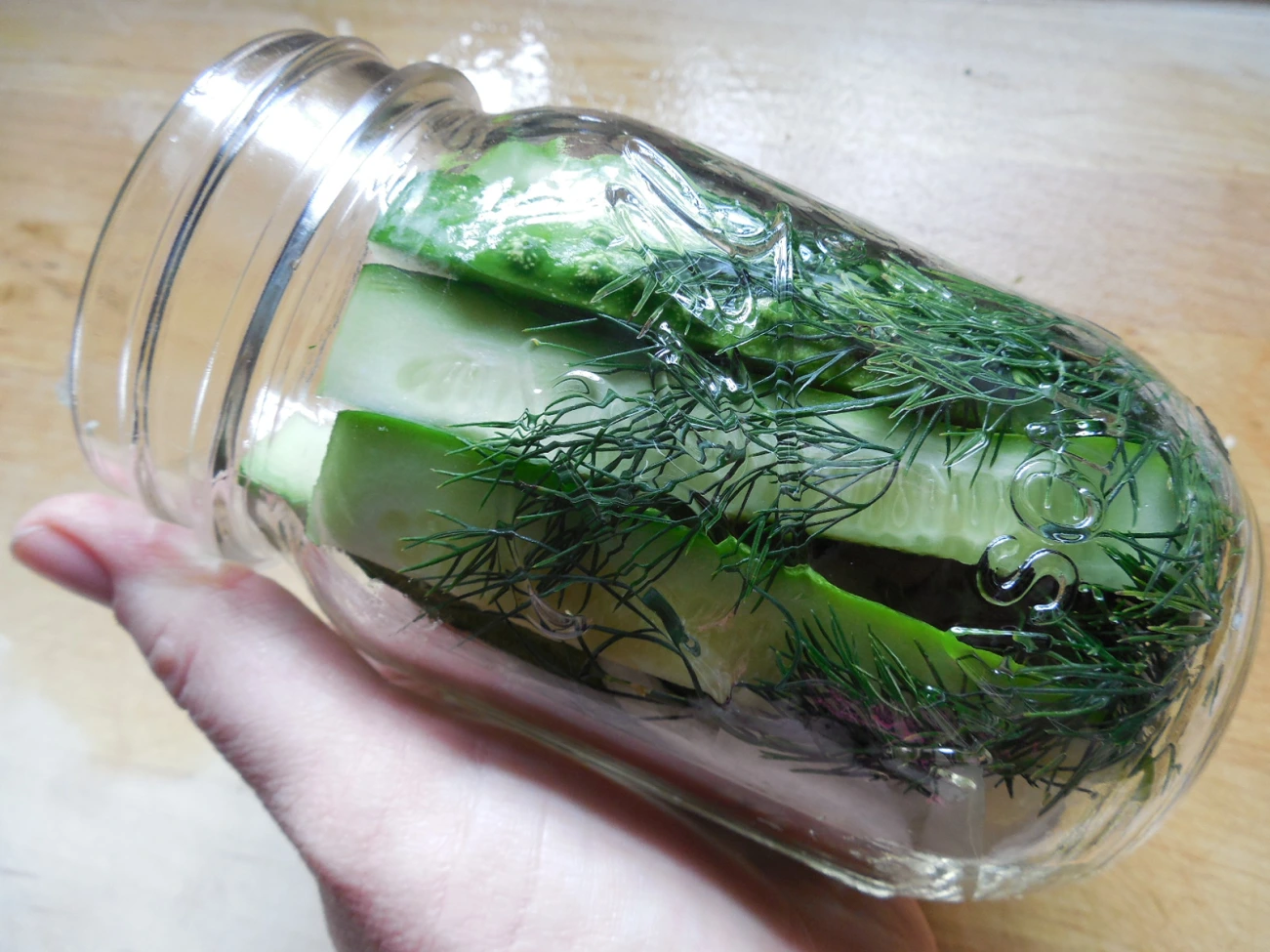
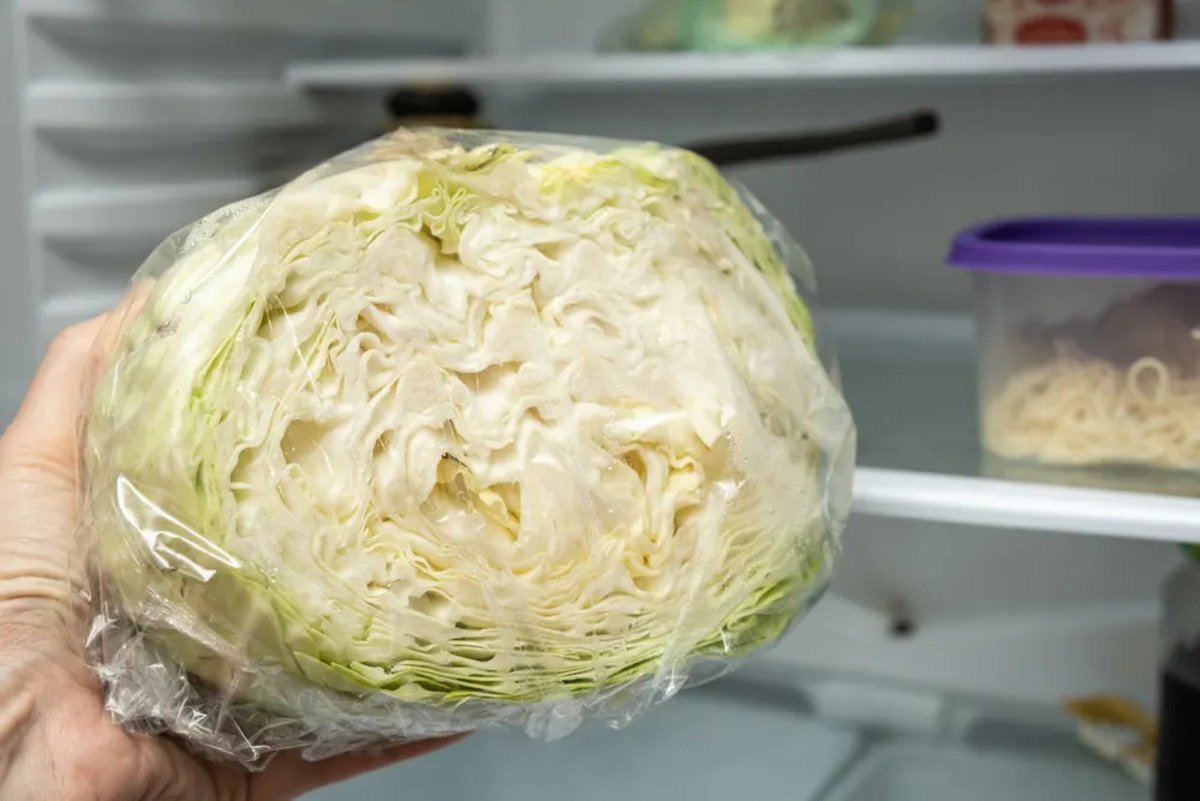
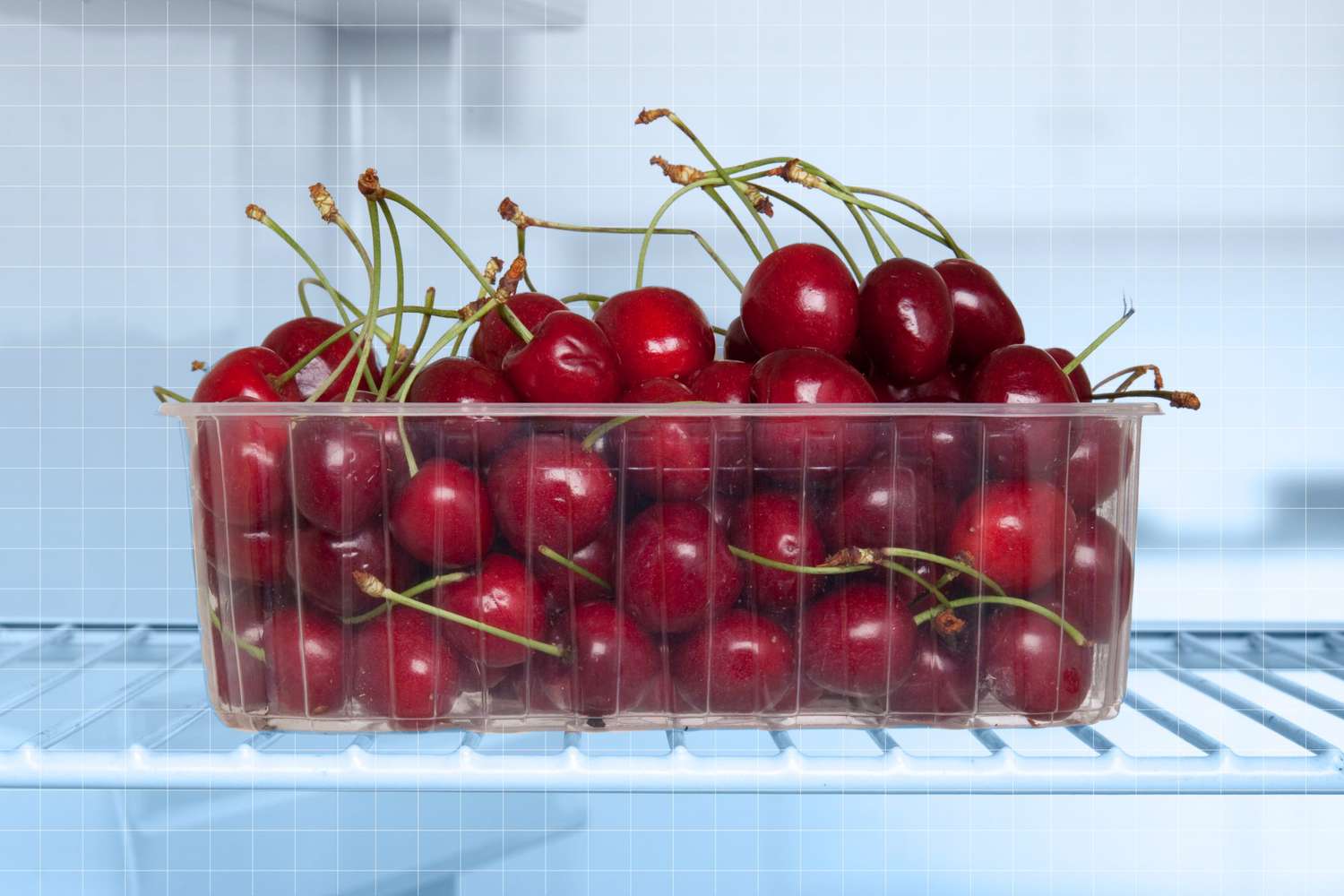
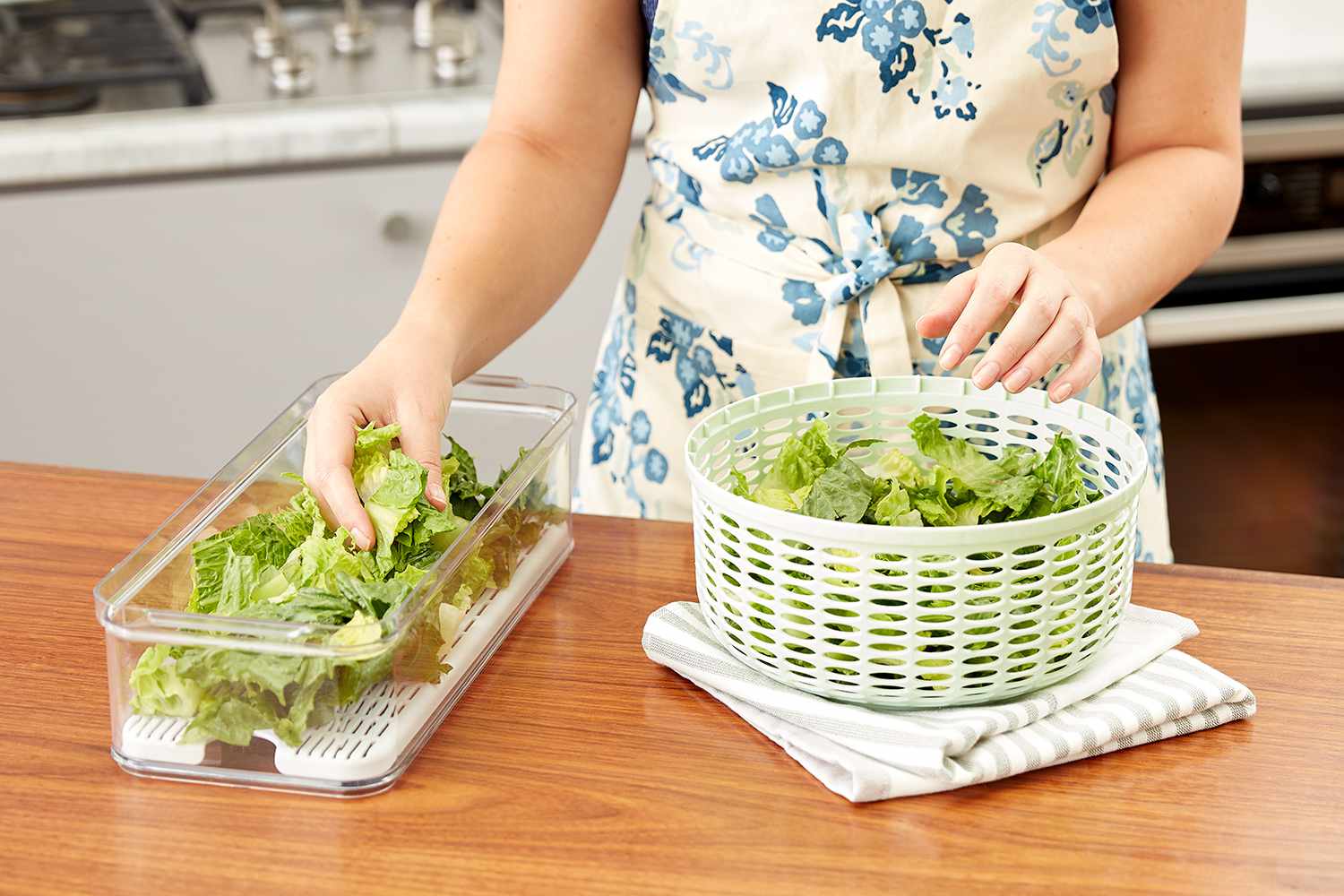
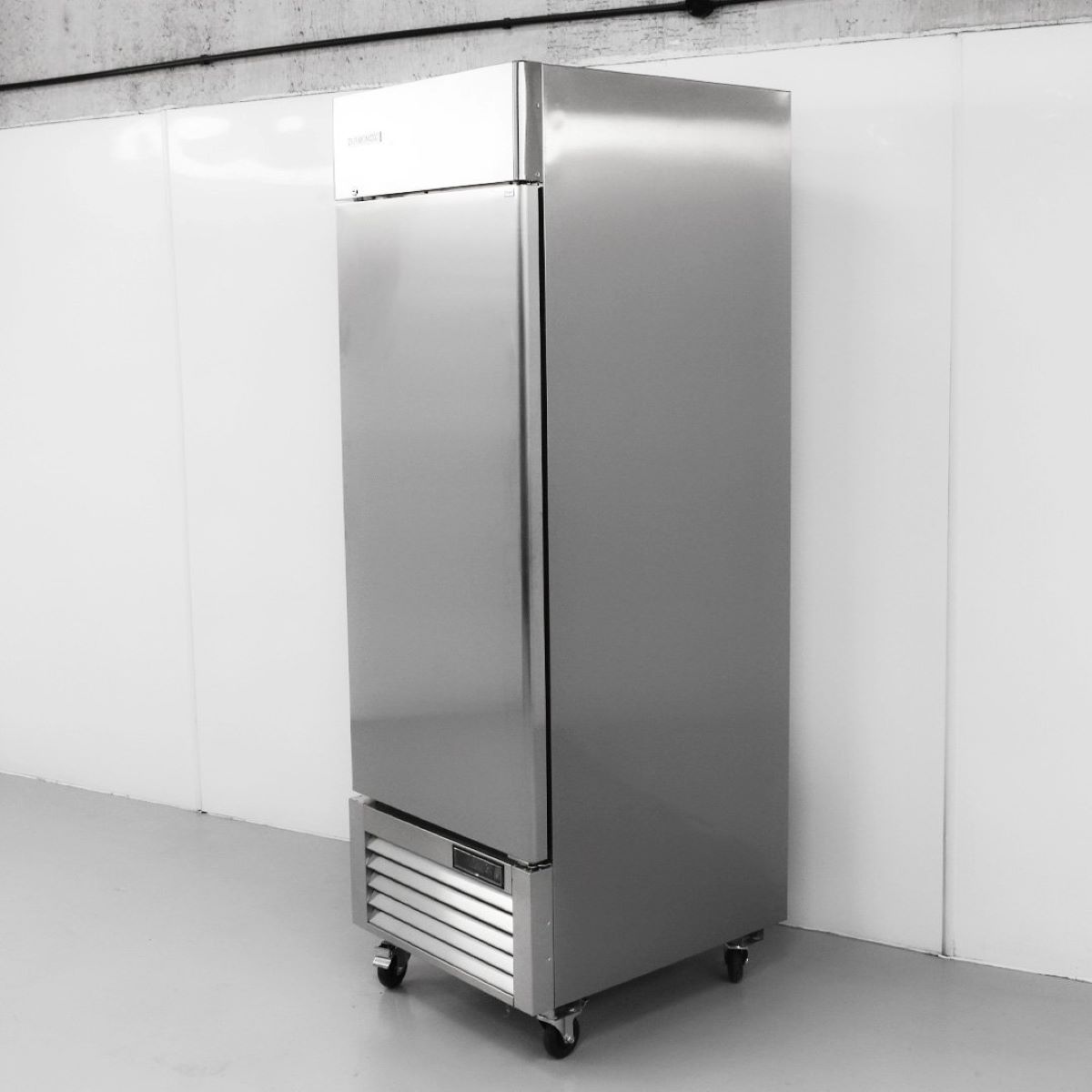

0 thoughts on “How To Store Food In A Refrigerator”